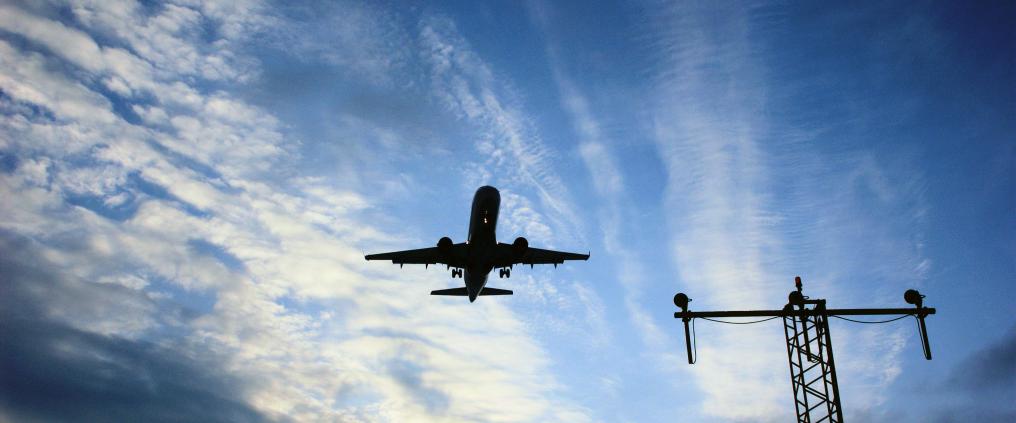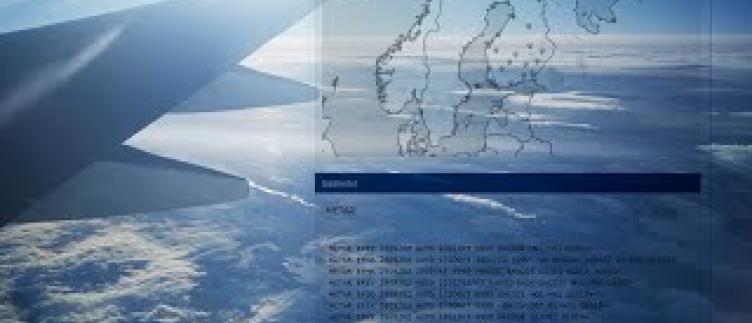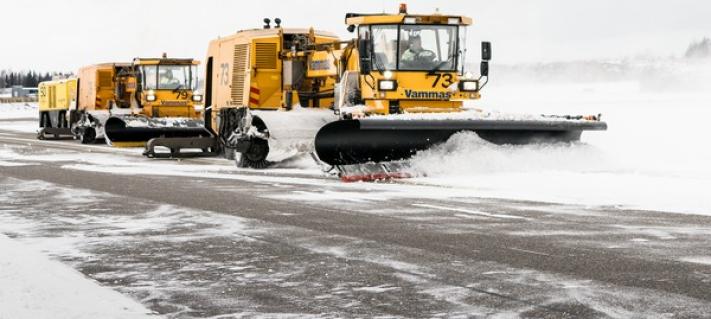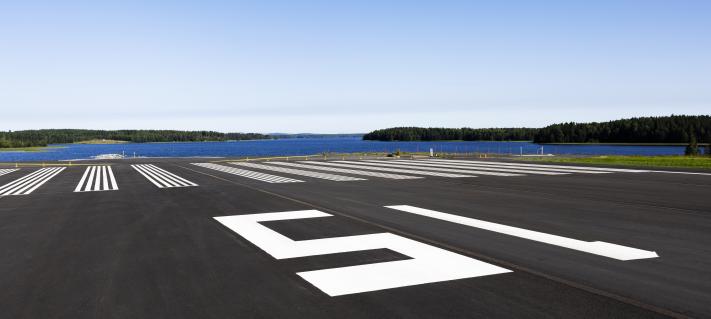"Aviation weather services play a key role when planning airport operations such as runway and apron maintenance or deicing. Our long-term cooperation with the Finnish Meteorological Institute is indispensable for safe and smooth air traffic," says Jani Ceder, Finavia's Head of Airport Operations Center at Helsinki Airport.
Aviation weather services and weather forecasts are used in air traffic and at airports every day of the year.
When weather conditions are particularly challenging for air traffic – e.g. during freezing rain, strong crosswinds or snowstorms – real-time weather observations become even more important.
Did you know that the Finnish Meteorological Institute has an aviation weather observation system at every airport in Finland?
"Finavia shares information about the weather conditions with companies operating at its airports so that each organisation can take the effects of the weather into account in its own operations. With high-quality weather information, we can predict the impact of the weather on airport operations. By doing this, we are able to reduce the impact of weather, such as delays in air traffic."
“Aviation weather services help aviation operators plan their operations better and make them as safe, economical and environmentally friendly as possible in any weather,” says Riikka Pusa, Head of Aviation and Defence Group at the Finnish Meteorological Institute.
The cooperation between Finavia and the Finnish Meteorological Institute has continued for decades.
"I would like to warmly congratulate the Finnish Meteorological Institute on the 100th anniversary of the service. The weather is one of the major factors affecting air traffic and airports. We will continue to work together and to continuously develop new ways of using weather information and predicting the effects of weather conditions," Ceder says.
A hundred years of aviation weather information
- The first aviation weather services were provided to civil aviation on 20 March 1924 when Aero (now Finnair) started operating from Helsinki to Tallinn. According to the 100-year-old weather report, the weather was "variable with occasional snowfall and clear spells. Northerly and north-easterly winds in the north, variable winds in the south."
- The aviation weather department of the Central Meteorological Institute, the predecessor of the Finnish Meteorological Institute, was established in Malmi, Helsinki, on 16 December 1936. The first meteorologist in Malmi was Aili Nurminen (MSc), who became Finland's first Chief Aviation Meteorologist two years later.
- In the first decades, aviation weather products were mainly hand-made charts. Pilots were briefed for flights at the airport's weather service, also known as "Meteo".
- Finland joined the International Civil Aviation Organization (ICAO) in 1949. International cooperation has contributed to the current form of the services; for example, aviation weather observations (METARs) and aerodrome forecasts (TAFs) have remained basically the same for more than half a century.
- In the 1980s, the Finnish Meteorological Institute developed the first graphic workstation for meteorologists, which revolutionised their work. In 1997, a tool called TAF Editor was created for aviation weather forecasting to help aviation meteorologists.
- On 1 June 2012, aviation observation services were transferred from Finavia to the Finnish Meteorological Institute, which is responsible for producing and developing aviation weather observation, forecasting and warning services in the Finnish Flight Information Region.




